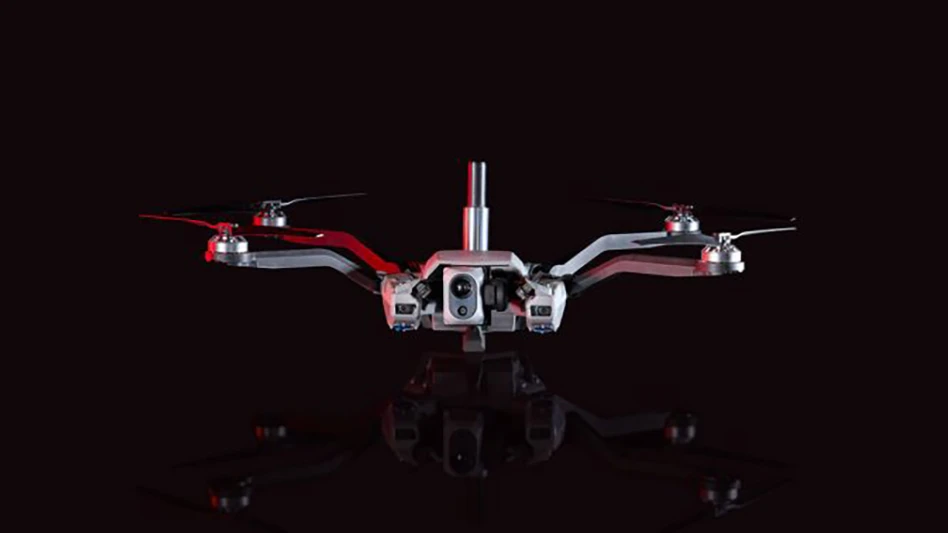
Terran Orbital Corporation
Terran Orbital Corporation, a global leader in satellite-based solutions primarily serving the aerospace and defense industries, was selected by Lockheed Martin to produce 18 satellite buses for their recent Space Development Agency (SDA) Tranche 2 (T2) Tracking Layer contract.
Lockheed Martin will provide the SDA with 16 wide field-of-view missile warning/missile tracking space vehicles with infrared sensors and two vehicles with missile defense infrared sensors that can generate fire control-quality tracks to provide preliminary missile defense mission capabilities. Each Lockheed Martin-built T2 Tracking Layer satellite will incorporate a Terran Orbital bus.
“We’re proud to once again be selected as the trusted space vehicle provider for Lockheed Martin, especially for the SDA’s critical tracking mission,” says Marc Bell, Terran Orbital’s Co-Founder, Chairman, and Chief Executive Officer. “This continued partnership signifies the confidence Lockheed Martin places in Terran Orbital's capabilities. We're excited to leverage our expertise and deliver these advanced space vehicles to support the SDA's mission objectives.”
These state-of-the-art space vehicles will be manufactured at Terran Orbital's advanced robotic space vehicle manufacturing facilities located in California. This award showcases Terran Orbital's commitment to innovation and positions the company as a key player in building the next generation of proliferated warfighting constellations.
The T2 Tracking Layer will accelerate the capability to provide global, persistent indications, detection, warning, and tracking of conventional and advanced missile threats, including hypersonic missile systems. It will also deliver preliminary missile defense capability by incorporating fire control quality sensors in the constellation.
Latest from Defense and Munitions
- Mobix Labs starts delivery of key technology for Apache & Chinook helicopters
- Echelon Supply and Service appoints Matthew DeKay president
- SwiftCARB's Picatinny/NATO Accessory Rail indexable milling cutter
- Fairbanks Morse Defense’s Maxim Watermakers tests first Navy closed loop cooling system
- Hydromat announces sales & service partnership with Precision Components
- Learn what you need to comply with CMMC requirements
- Teledyne FLIR Defense awarded $74 million contract to modernize Coast Guard surveillance
- Gilat receives $4M orders for advanced portable satellite terminals from global defense customers





